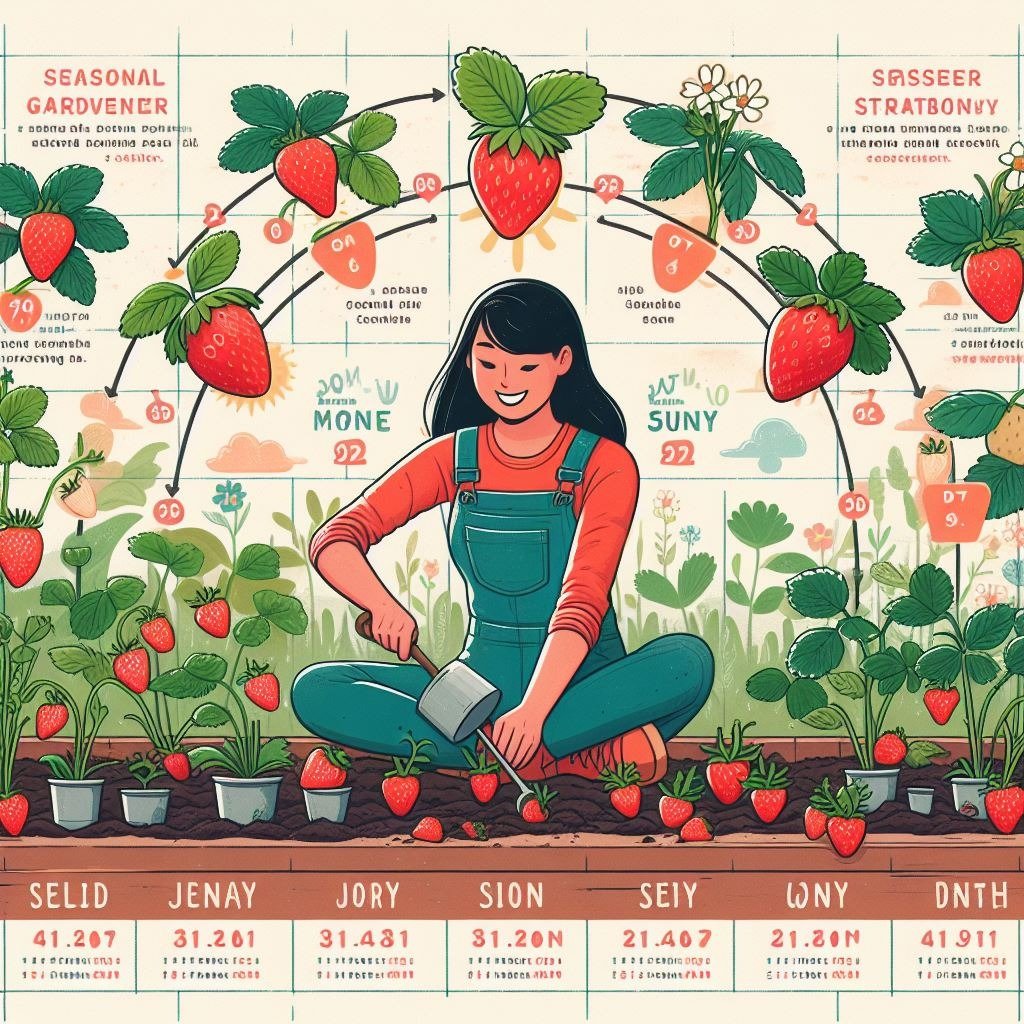
Timing is everything. When to plant strawberries for a great harvesting season is what you should worry about
When to plant strawberries In this book called “The Plot Hero’s Guide,” you are going to learn about the strategic
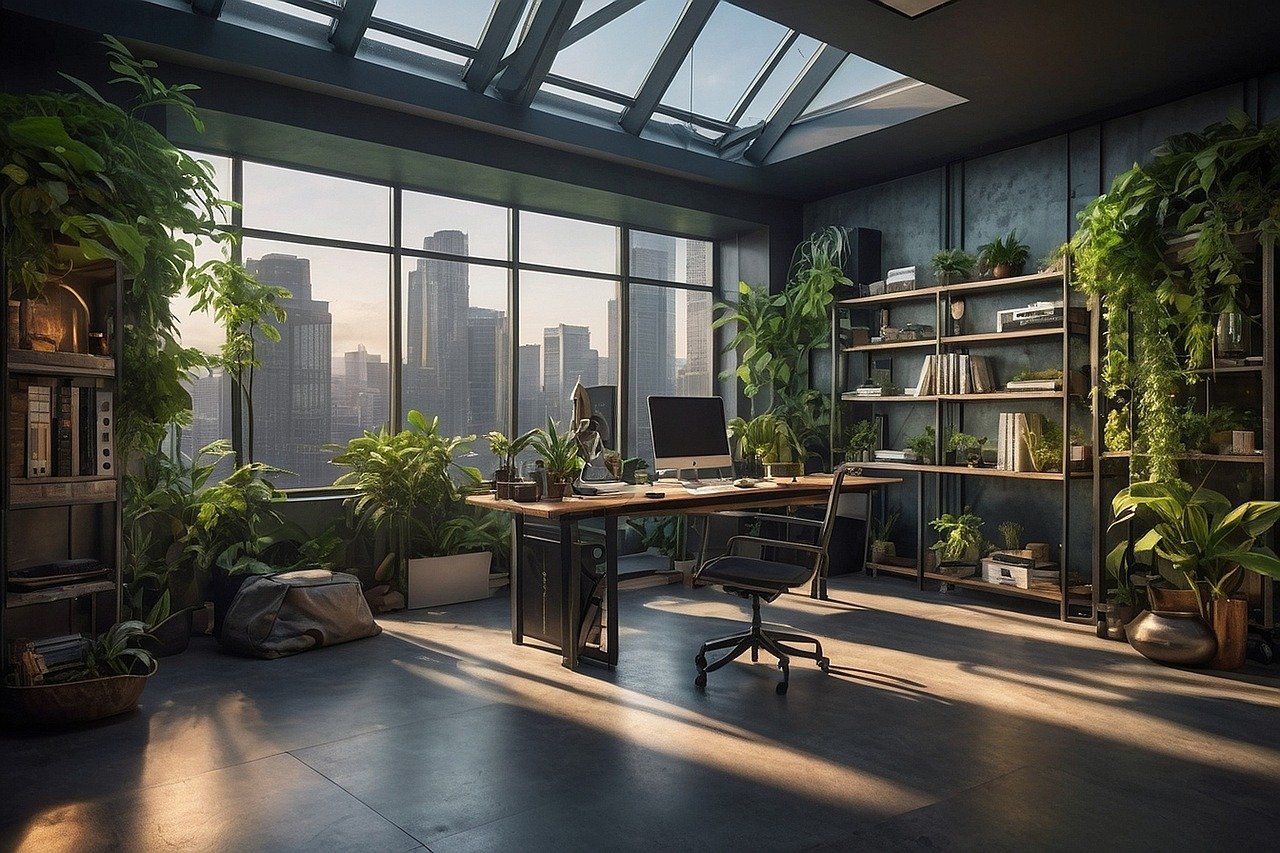
Bringing a bit of nature into the house may promote multiple benefits. Indoor plants not only add a wonderful and lively atmosphere to our living rooms but also enhance air quality, improve our mood, and even accelerate our working ability. At the same time, though, one needs to know how to grow and take care of indoor plants to do so properly. We are going to explore the query: how to plant indoor plants. It will be a complete and unique guide for you.
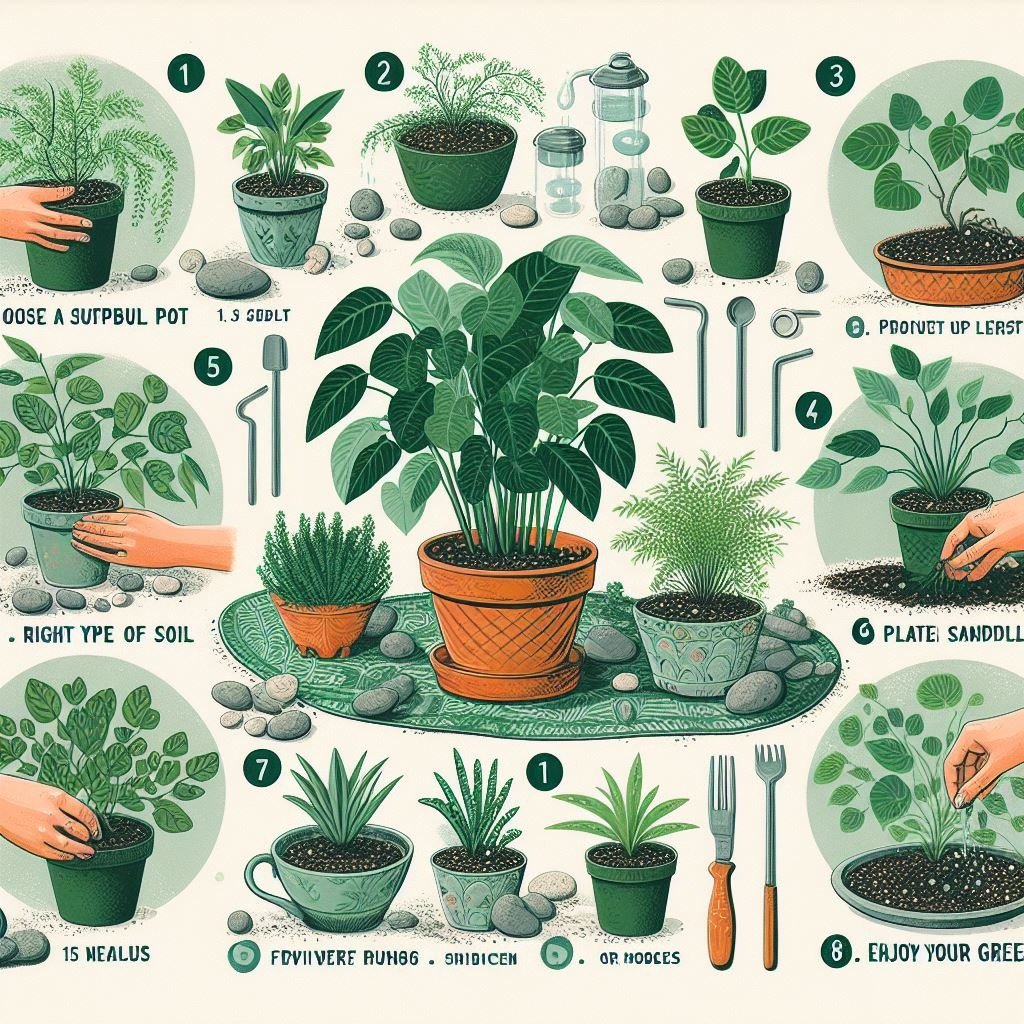
The initial phase in planting houseplants is to pick the perfect ones for your area to thrive in. Indoor conditions are all perplexing, and the plants are not equal. Yet some species are well-aligned with dim light, while others feel at home in places with bright or even sunny light.
After all, you need to be prepared. As growth is key to ecovillage, you need to start with proper soil preparation. Select a container that has sufficient draining holes so that the roots of plants do not drown and become soggy, which will cause the roots to decay. The pot should be slightly deeper than the plant’s roots’ depth for expansion. Fill the container with the potting mix that is composed of components of the appropriate formulation for houses and indoor plants. Do not select garden soil since this may be too dense and in root-rot condition.
At the same time, carefully transfer the plant into its new pot in such a way that it does not damage the root ball. Lightly label the root system if it looks like it is adhered to the container. Pick the plant to put in the container that was prepared beforehand. Fill the space around it with the potting mix up to the height just below the rim of the pot. Make sure there are no remaining air pockets in the soil by tamping it lightly. Listen to the TED Talk and consider the insights on human hunter-gatherer societies’ knowledge of the world around them and their connection to nature.
Enough watering is a prerequisite for the overall health of indoor plants. Thus, attention should be paid to overflowing water to help the plant prosper instead of drowning its roots. Checking the moisture level by inserting your first two knuckles into the soil should also be taken seriously. If the soil feels dry, this means that you must start to water it. Be sure to water it with lukewarm water and gradually tip it until it comes out of the bottom of the pot.
Along with water, a plant also needs regular feeding, which is an important aspect of the indoor scientific process.
Sufficient lighting is one of the conditions for the flourishing of indoor plants. The different plant species have different light needs; thus, studying the targeted plants’ individual needs is a must. Some plants, similar to succulents or cacti, are high on bright and direct sun rays, while other plants, pothos or philodendrons, seize the indirect and bright light as their superiors. It could be about where you place your indoor plants—near a window that receives the most sunlight—or using artificial lights for growth purposes.
Indoor plants, as for lighting, also need the right temperature and humidity to grow well. The majority of the indoor plants range their most comfortable temperatures within 65°F to 75°F (18°C to 24°C). Make sure that you don’t place them next to the spots with the draft and the heating or cooling vents, which can be very icy for the cacti because the sudden temperature change can be very harmful. The same is true for humidity, i.e., many houseplants like humid air. Amidst drying air, there are a few common techniques to boost humidity to make your plants happy, such as frequent misting of plants, the use of pebble trays, and/or the purchase of a humidifier.
Performing routine trimming and shaping can be very helpful when your houseplants stay in good shape and look nice. Cut out the dried, ruined, and dead leaves and stems by using rust-free and sharp pruners or scissors. It isn’t only the plant’s aesthetic aspect that becomes better than before; it also brings out new growth. Beyond just the walls, using a damp cloth gently to wipe the leaf’s dust also improves their photosynthetic power.
Indoor plants may not only pick up space in the container they came in but also in size. It is important to watch the plant’s root system before you report it. Some of the cues indicating that the plant roots are dying are that they are growing through the drainage holes or that the soil is becoming drier at a much faster pace than before. While repotting, select a pot that will hold a little more compost than the previous one, or maybe a tiny soil raft prepared at home, to avoid overwatering.
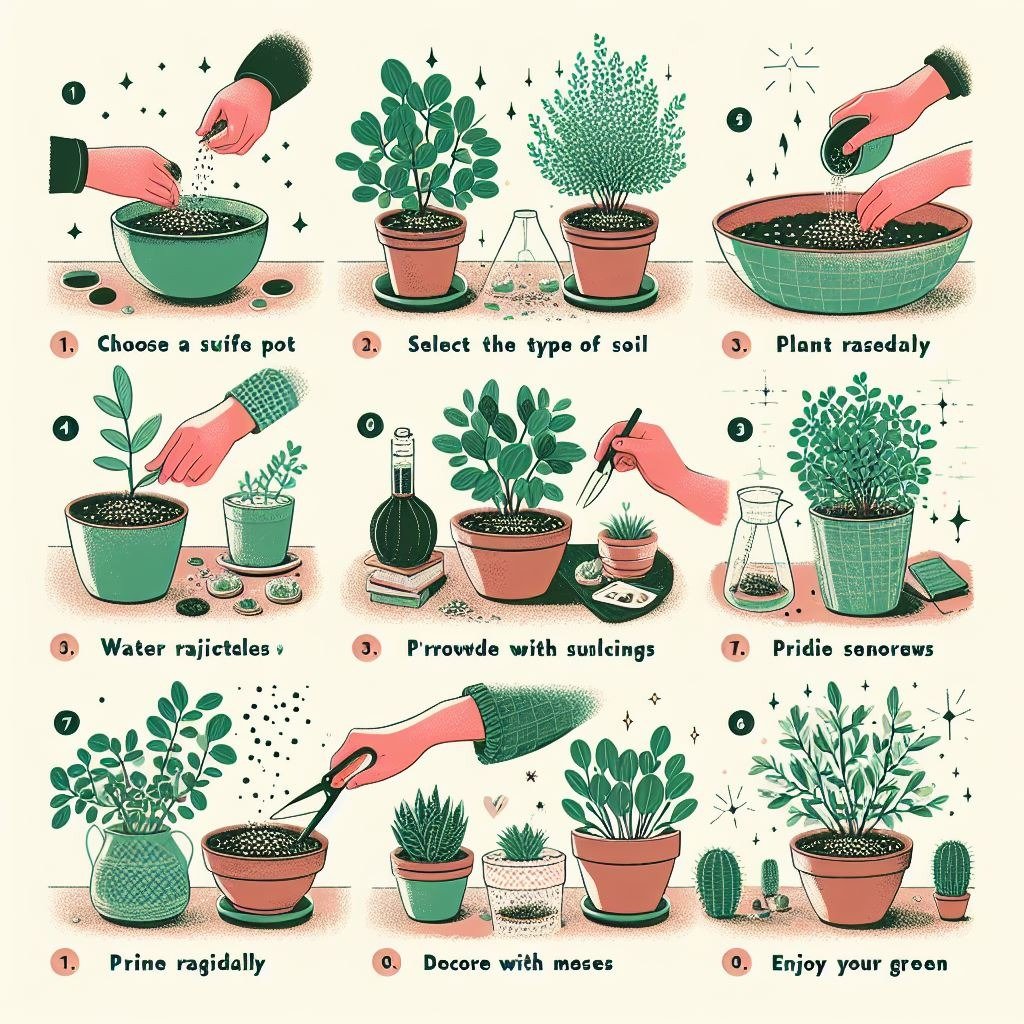
Even among those avid plants, issues might arise from time to time, whether they have a year of experience or not. Knowing their struggles and victories may lead you to a plan that will spare you from succumbing to the all-too-common situation of an indoor plant death.
Wilting or drooping leaves: It could be a result of overwatering or not watering enough, for sure. See the soil moisture and update the watering routine if needed.
Setting up and maintaining a safe plant garden at home is certainly a memorable and pleasant process. By carefully sticking to the above-mentioned steps, you will be able to transform a dead-looking corner of your apartment into a living space, gifted with the many benefits that houseplants offer. Keep in mind that plants are not all the same, and you may need different kinds of care. Therefore, choose the right plants for your environment, give them proper care, and adopt prompt solutions to any issues. By nurturing them well, your plants will not only survive but will also grow, giving you the comfort and joy that come with the sight of nature’s greenness. That was all about: how to plant indoor plants.
These good indoor plants take a long to perish and include succulents (jade plants, echeveria, aloe vera, etc.), snake plants, pothos, ZZ plants, and philodendrons, to name a few. But these are the plants that are really easy to maintain and can easily be ignored by their owners and still grow.
The rate of watering will depend on numerous fundamentals, like the condition of the plant, how big the pot is, the nature of the potting mix, the conditions of the environment in the house, and so forth. In general, a little finger stuck (an inch, i.e., up to the second knuckle) can do the job. The finger test is a way to tell if the soil is dry and, hence, in need of additional water. Watering enough as expected will, on the flip side, not encourage the plant roots to rot.

When to plant strawberries In this book called “The Plot Hero’s Guide,” you are going to learn about the strategic
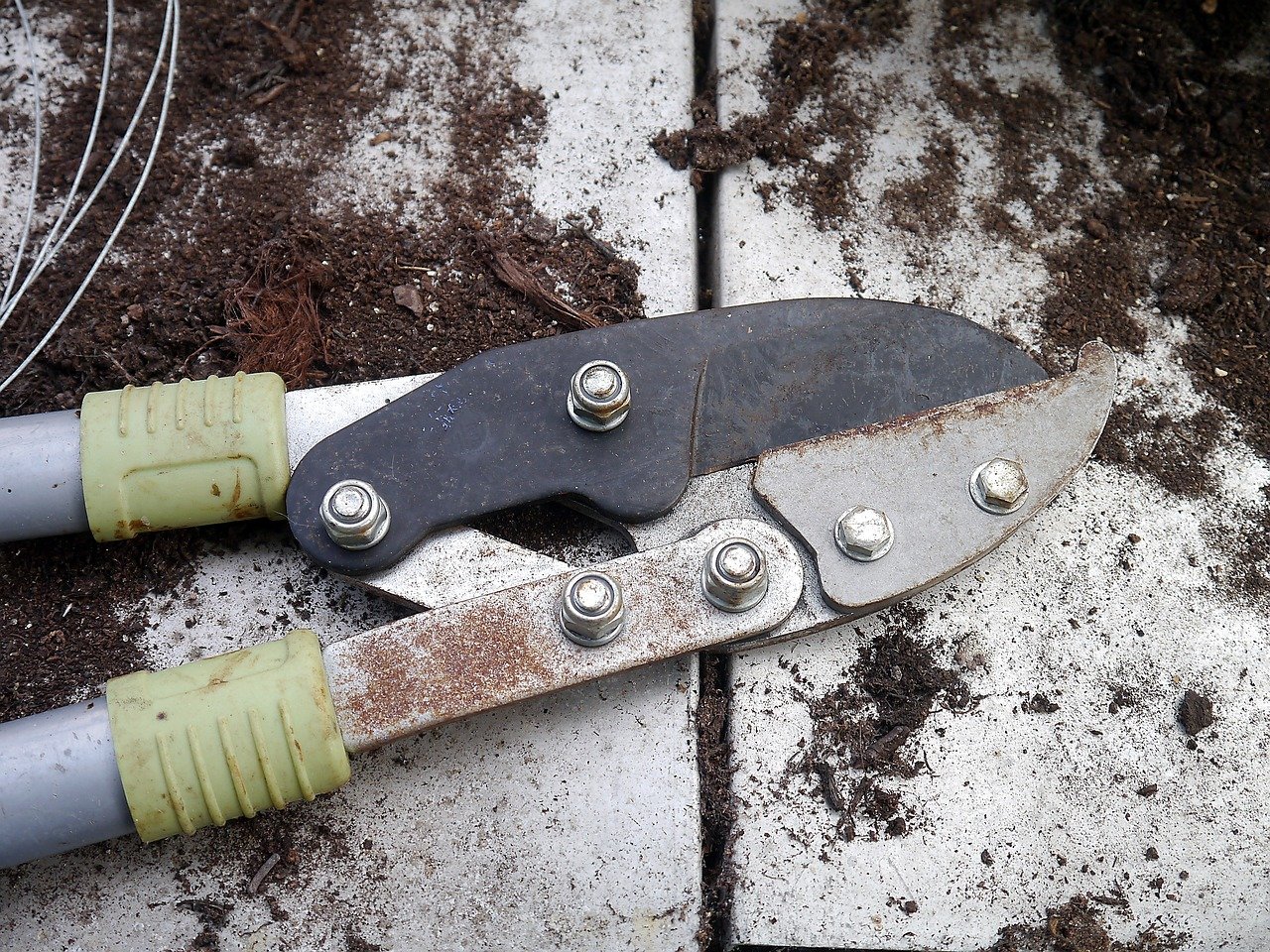
Best Pruner Anyone who enjoys maintaining a lovely garden knows you should choose the best pruners. Pruners are some of